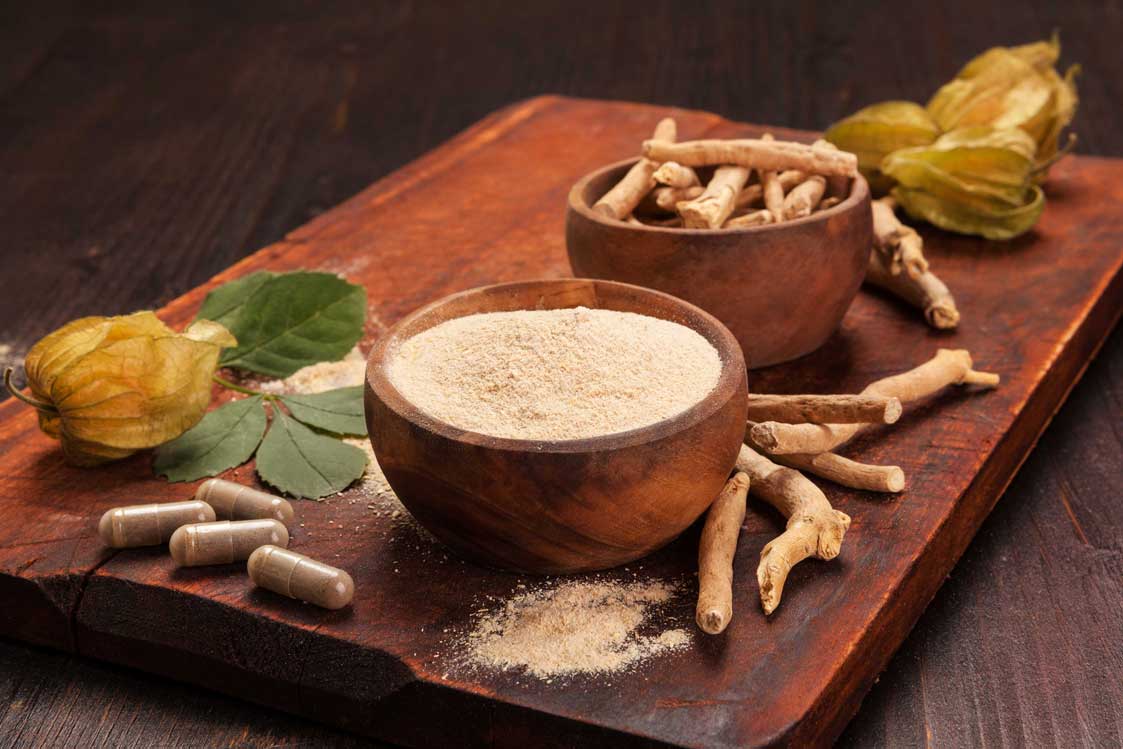
For decades, the standard American kitchen was dominated by a single seasoning: iodized table salt. But in recent years, a vibrant pink crystal has taken its place in grinders and on dinner tables across the country. Himalayan salt, a mineral-rich rock salt mined from ancient salt beds in Pakistan, has captivated home cooks and professional chefs alike.
Beyond its striking pink hue, this salt offers a unique flavor profile and versatile culinary uses that go far beyond a simple sprinkle. This article dives into the fascinating world of Himalayan salt, exploring its properties, its diverse applications in the kitchen, and why it's worth adding to your pantry.
The Essence of Pink: What Makes Himalayan Salt Unique?
Himalayan salt is prized for its unrefined, pure form. While common table salt is chemically processed and stripped of its natural minerals, Himalayan salt is hand-mined and remains in a natural state. Its famous pink color comes from the over 80 trace minerals it contains, including potassium, magnesium, and calcium.
While the concentration of these minerals is very small, what they contribute is a cleaner, more subtle flavor than the sharp taste of table salt. This allows it to enhance the natural flavors of food without overpowering them, making it a favorite for finishing dishes.
The Salt Block: A Culinary Canvas
One of the most innovative and popular uses of Himalayan salt is the Himalayan salt block (or slab). This large, dense piece of salt can be heated or chilled to create a unique cooking and serving surface.
- Searing and Grilling: When heated gradually on a stovetop or grill, a salt block can reach high temperatures to sear thin cuts of meat, seafood, and vegetables. The food picks up a delicate, savory, and perfectly seasoned crust.
- Chilling and Serving: A salt block can be chilled in the refrigerator or freezer for hours and used as an elegant serving platter for cold foods. The chilled salt imparts a subtle briny flavor to foods like sushi, fresh fruit, or even cold desserts like sorbet.
- Curing and Marinating: The salt block can also be used to partially cure thinly sliced meats or fish. Laying slices of ahi tuna or beef carpaccio on the chilled block for a short period adds a layer of flavor and texture.
Recipes to Bring Himalayan Salt to Life
While Himalayan salt is a fantastic substitute for any dish that calls for salt, here are a few recipes that truly let its unique flavor shine.
- Salt-Crusted Ribeye: This is the ultimate way to experience the salt block. Simply brush a boneless ribeye with olive oil, press a generous amount of coarse Himalayan salt onto the surface, and sear it on a preheated salt block. The salt creates a perfect, seasoned crust without a separate marinade.
- Watermelon Feta Salad: This simple salad is a perfect showcase for Himalayan salt's subtle flavor. Toss cubed watermelon with crumbled feta, fresh mint, and a drizzle of olive oil. Finish with a few flakes of coarsely ground Himalayan salt for a satisfying crunch and a delightful contrast of sweet and salty.
- Seared Scallops: Scallops cook beautifully on a hot salt block. Lightly oil the scallops and sear them for just a few minutes on each side. The salt seasons them perfectly, resulting in a tender, flavorful bite with a caramelized crust.
- Salted Caramel Brownies: The combination of sweet and salty is a dessert classic. Bake your favorite dark chocolate brownies and, while they're still warm, sprinkle a few flakes of Himalayan salt on top. The salt enhances the richness of the chocolate and cuts through the sweetness, creating a complex and decadent treat.
Cleaning and Care: A Salt Block's Best Friend
Proper care is essential to ensure your salt block lasts. After use, let it cool completely. Then, use a damp sponge or a soft brush to gently scrub away any food residue. Do not use soap or detergent, as the salt is naturally antimicrobial. Rinse with minimal water and pat dry immediately before storing in a dry place.
Suggestions:
- Start Simple: If you're new to Himalayan salt, start with a fine grain and use it as a finishing salt on salads, avocados, or grilled meats before experimenting with a salt block.
- Quality is Key: Look for a reputable source when purchasing a salt block. Ensure it's a solid, single piece of salt without significant cracks.
- Where to Buy: Himalayan salt and salt blocks are widely available in the U.S. at specialty food stores like Whole Foods, and online retailers like Amazon and SaltWorks.



